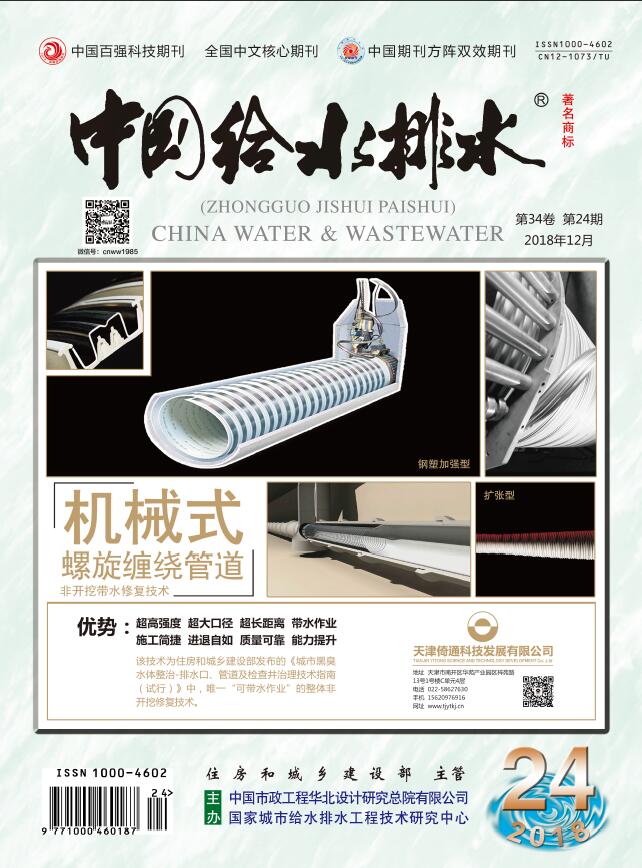ZHAOLong,ZHANGXian-qing,SONGBo,et al.Impact of Influent Mode and Sludge Form on Dissimilatory Nitrate Reduction to Ammonium in a Mixed Carbon Source System[J].China Water & Wastewater,2025,41(9):17-25.
Impact of Influent Mode and Sludge Form on Dissimilatory Nitrate Reduction to Ammonium in a Mixed Carbon Source System
China Water & Wastewater[ISSN:1000-4062/CN:12-1073/TU]
volume:
第41卷
Number:
第9期
Page:
17-25
Column:
Date of publication:
2025-05-01
- Keywords:
- dissimilatory nitrate reduction to ammonium (DNRA); denitrification; mixed carbon sources; influent mode; sludge form
- Abstract:
- Dissimilatory nitrate reduction to ammonium (DNRA) constitutes an essential component of the global nitrogen cycle. However, limited research has been conducted on DNRA within wastewater treatment systems. In this study, sodium acetate, glucose, and anhydrous ethanol were utilized as substrates, and two identical anaerobic sequencing batch reactors (ASBR), biofilm system and activated sludge system, were employed to investigate the effects of different sludge forms and influent modes on the enrichment and ammonium production of DNRA bacteria. Following 145 days of acclimation and cultivation, both reactors achieved certain capability in ammonium production and successfully enriched DNRA bacteria. The average ammonium production rates were 15.08% and 3.34%, respectively. At the genus level, the proportions of DNRA bacteria were 4.66% and 3.37%, respectively. Desulfobulbus was identified as the predominant bacterial genus. When the reactors were operated in intermittent flow, the ammonium yield in both systems was comparable and remained below 5%. However, upon switching the inflow mode of the biofilm reactor to continuous flow, the system achieved a maximum ammonium production rate of 16.57% after reaching stable operation, which was significantly higher than that of the activated sludge system, suggesting that continuous flow was more favorable for ammonium production by DNRA bacteria.
Last Update:
2025-05-01

